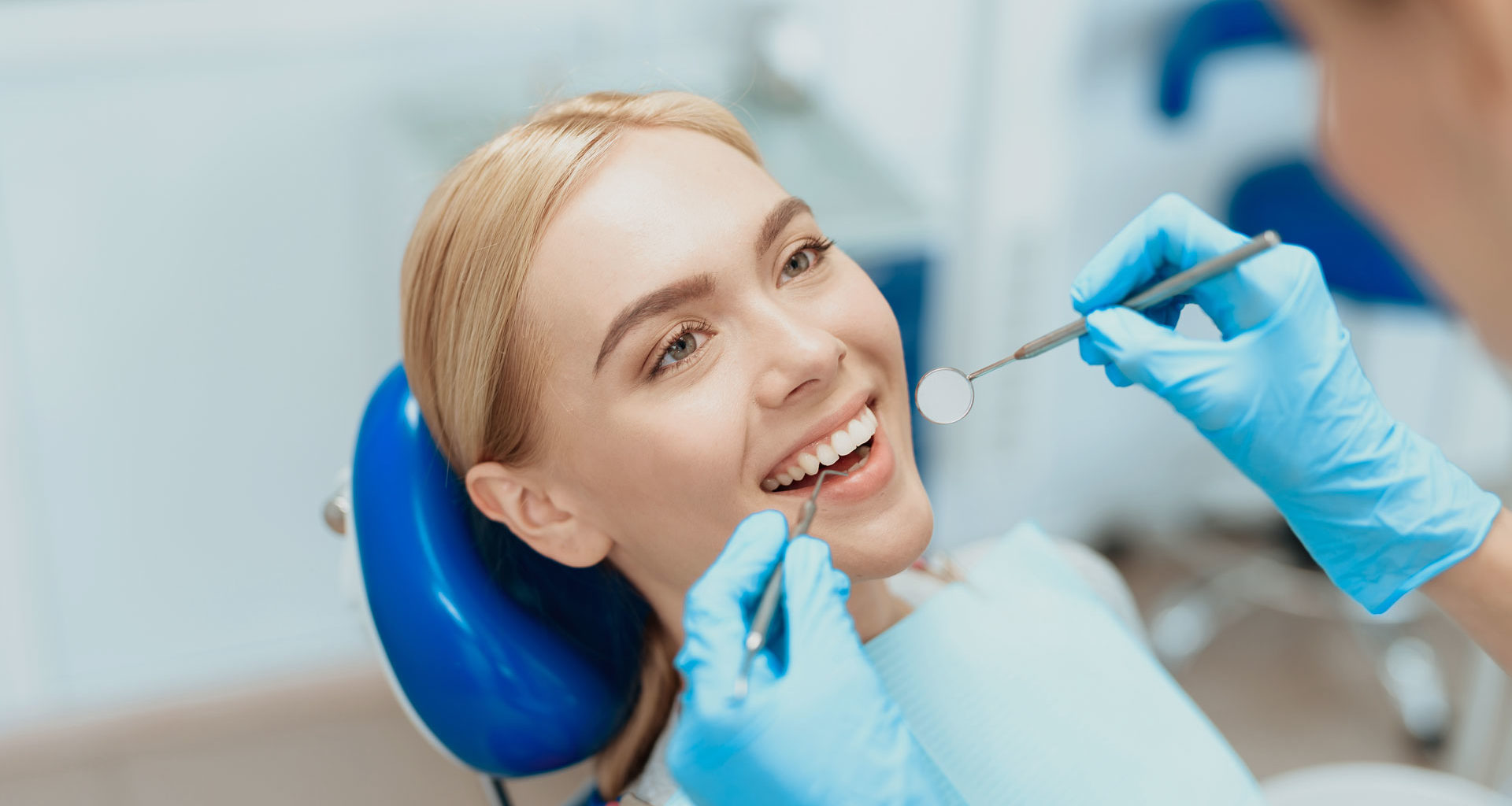Visits to the dental clinic are often a daunting prospect, no matter how familiar a person is with treatment. However, when it comes to a family’s orthodontic needs, the willingness to visit the dental clinic changes and more people are now likely than ever before to undergo orthodontics treatment. Major advances in the methods used to straighten crooked teeth and jawlines are thought to be the main drivers behind dental clinics now undertaking more treatments to meet a family’s orthodontic needs.
What is orthodontics treatment?
With the pursuit of straight teeth commonly associated with vanity, it is easy to overlook how much of a central role orthodontics treatment plays in the overall standard of oral health. While the practice is understandably associated with giving people a perfect smile – itself an important factor in improving confidence and mental health – it also plays a vital part in preventing the drift of teeth around the mouth, which occurs when there are wide spaces left between teeth. The prevalence of missing teeth also gives people’s faces a hollowed-out look, where the cheeks sag inwards and cause wrinkles, lines and a prematurely aged look.
There are still two main approaches to orthodontics treatment – the more traditional and notoriously uncomfortable and unsightly, metal braces; and newer products like the plastic aligners called Invisalign. Metal braces are still known for their durability and resilience, and they work by being fitted to teeth and then slowly forcing them to move over a period of time. Frequent tightening and alterations take place during this time, to ensure teeth are being moved in the desired direction. Patients can sometimes wear a retainer immediately after treatment, to keep teeth in their new positions.
With Invisalign, patients can enjoy a clear plastic alternative to metal braces that are moulded to the teeth and are mostly invisible due to their transparency. This makes a huge difference to self-conscious patients who may be uncomfortable about talking, smiling or eating in public. Another benefit of the Invisalign orthodontics process is that they can be removed for eating and cleaning – and are replaced every two weeks rather than adjusted, as with metal braces.
Why is orthodontics treatment important?
Whether teeth gaps have been created by physical accidents, other impacts or poor oral health, orthodontic treatment is often a vital solution and it is best not to ignore misaligned, crooked or spread-out teeth, especially where gaps have been created. Implications of ignoring these issues include jaw pain and worsening misalignment when biting, which can then affect other healthy teeth.
Unfortunately, major health inequalities exist around the world, affecting many people’s access to orthodontics and more general dental treatment. While the World Health Organization puts this down to a combination of biological, socio-behavioural, psychosocial, societal and political factors, the impact is usually the same – severe oral health conditions and major oral diseases.
More people are willingly undergoing orthodontics treatment
A range of factors is leading to a growing worldwide popularity of orthodontics treatment, with 80% of UK orthodontic practitioners reporting that they had seen an increase in private orthodontics treatment for adults, compared to the previous year. The global orthodontics market is forecast to be valued at over US$5.7 billion by 2028, with market analysts pointing to more appealing procedures, more visually agreeable products, and greater awareness among the young of their physical appearance as key drivers in this trend. A 2016 study pointed to developments in aesthetic practice as driving orthodontic practice away from tooth extractions, with a reduction of around 20% in the frequency of cases involving tooth extraction over the course of the preceding 32 years.
It is perhaps the greater exposure of celebrities wearing braces that has been the main driver in changing attitudes towards orthodontics treatment. Famous individuals from TV, film and music are understandably great role models for their fans and have always held sway over societal attitudes on a range of issues. With celebrities such as Tom Cruise and Faith Hill being willing to literally ‘grin and bear it’, stigma over being seen with such visible, or partly visible, braces on the teeth begin to evaporate.
Recent developments have even seen orthodontics treatment actively pushed as a desirable fashion item. Models wore braces at a runway event and then appeared on the cover of an influential fashion magazine. This has accelerated already-changing attitudes to orthodontics treatment, with reports that a 2012 study showed 38% of Americans would refuse a second date with someone who had misaligned teeth.
With the twin benefits for oral health and aesthetic appeal, it is perhaps no wonder that orthodontics is proving more popular than ever – and with dental clinics offering dramatically more comfortable advancements in treatments, there are seemingly no barriers to even further growth in this popularity.










